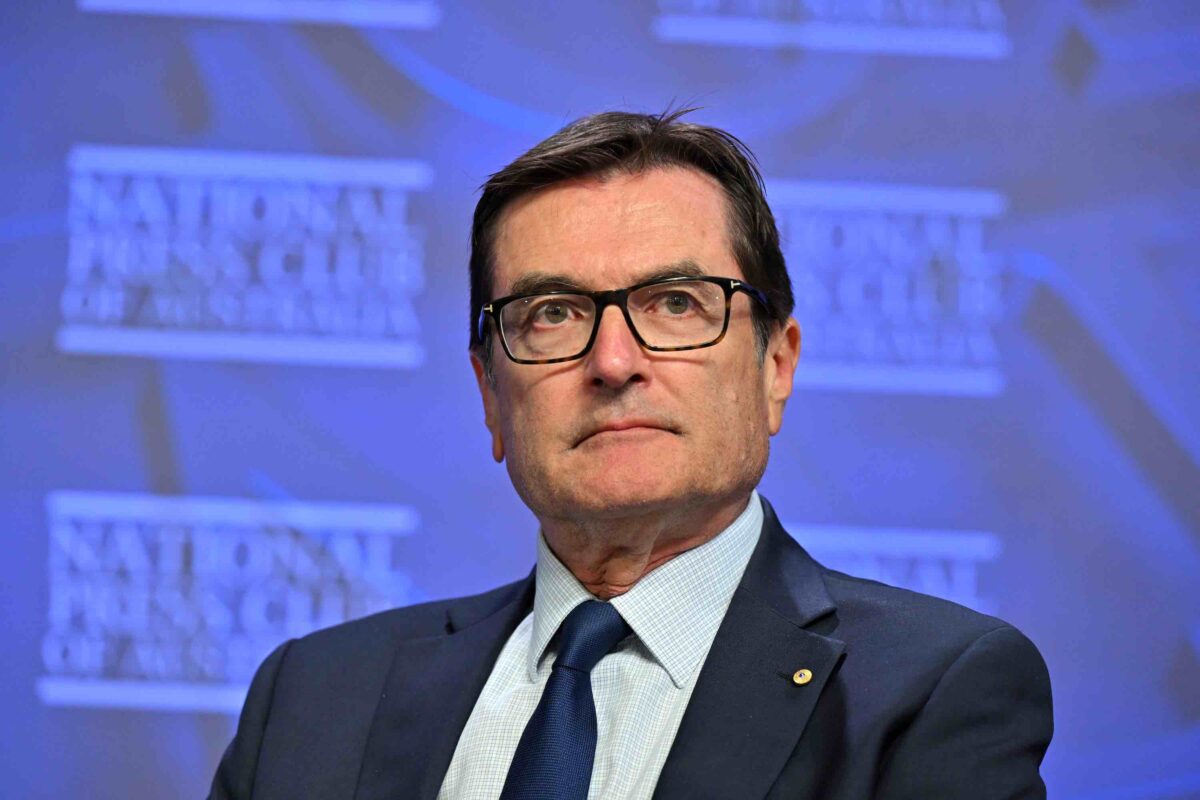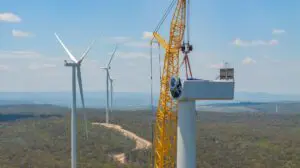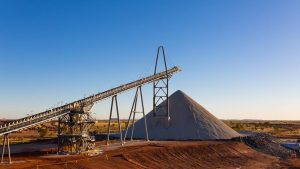Greg Combet has defended the federal government’s $1 billion down-payment in the establishment of a domestic solar supply chain as “common sense policy,” following claims that Albanese’s Solar Sunshot program is “flight of fantasy” on par with Dutton’s obsession with nuclear power.
In an address to the National Press Club on Tuesday, the outgoing chair of the Net Zero Economy Auhtority said hundreds of billions of dollars in investment would be needed to secure the opportunities of Australia’s net zero future – money that would need to come from both public and private investment.
“The race is on to secure the industries of the future. Australia needs to respond. And we are,” Combet told the luncheon.
“The race is on to secure the industries of the future,” Combet told the luncheon. “Australia needs to respond. And we are.”
To this end, prime minister Anthony Albanese has pledged $1 billion in production subsidies and grants to build a solar supply chain on Australian soil as part of a major pre-budget announcement on Thursday.
Albanese said Arena would consult industry to design and deliver the Solar Sunshot program and funding, along with the government – and building on the findings of the comprehensive Silicon to Solar Study that was published in February.
The ARENA backed S2S study was developed by the Australian PV Institute (APVI) working with Deloitte and a group of key industry stakeholders including The Australian Centre for Advanced Photovoltaics (ACAP), AGL, Aspiradac, Energus, Siemens, SunDrive, Tindo Solar and 5B.
As RenewEconomy reported at the time, the report found that establishing manufacturing capability of 10GW of poly-silicon – a key raw material for making PV – and 5GW across the other steps of the value chain (ingots/wafers, solar cells and panels) is “credible and feasible” with the right government policy support.
In terms of the financial support needed to develop a fully integrated domestic manufacturing capability of minimum viable scale across the value chain, the report gave an estimate of $A3.2 billion over a 10-year production period.
But critics of the policy announcement have been quick to emerge, including in the Australian Financial Review, which editorialised on Monday that “creating a bucket of money” for Australian made solar is “just what gives industry policy a bad name.”
“There can be only one reason for this ‘Solar Sunshot’ flight of fantasy,” the editorial says: “it is for domestic political show. Like an episode of the Utopia TV comedy show and announced with no virtually no detail, it exists to convince highly paid power station workers and miners in the Hunter Valley that there are green jobs for them beyond coal.”
“It is not even clear to one of the leading promoters of Australia as a green energy superpower, former ACCC chairman Rod Sims, how Australia’s comparative advantage in making silicon materials for example becomes an advantage in turning them into solar panels,” the paper said.
This view was reinforced on Tuesday when the MC for the Press Club luncheon, the AFR’s education editor Julie Hare, described solar panels as “the flip-side” to nuclear in Australia’s energy debate, and asked whether making PV in Australia was feasible.
Combet’s response was first to assert that he is not an expert in solar manufacturing – compared, let’s say, to some of the contributors to the S2S study, including the Australian PV Institute (APVI), the Australian Centre for Advanced Photovoltaics (ACAP), SunDrive, Tindo Solar and 5B.
He then added that “the little that I actually know is that there are quite a lot of steps in a value chain to get to a solar panel.
“So what what’s being examined here is, are there steps along the way in that value chain …where Australia has a comparative advantage, where we can use our mineral resources and other endowments … to manufacture those components, if not a full solar panel.
“There’s to be a period of consultation with all of the various players in that industry, including resources companies …to identify just where the best place for the disposition of any funding from that program may best occur to assist the development of that industry in Australia.
“But I think as Professor Rod Sims remarked in the Fin this morning, we’re going to need a lot of solar panels and and if we can find a place to have a sovereign capability that’s competitive, and plays to our comparative advantages, that’s common sense policy as far as I’m concerned.”
Indeed, what Sims told the AFR was pretty upbeat, if a little unclear on certain points.
“The silicon in solar panels requires an enormous amount of energy – more than aluminium. So, just as we had a comparative advantage in aluminium because of cheap brown coal, we’ll have a comparative advantage in silicon production because of renewables,” he said.
“What I don’t know is whether having a comparative advantage in silicon translates into making solar panels. I just don’t know. But we will need a lot of them.”
Happily there is no shortage of actual experts in Australia who will help to navigate the policy grey areas, distribute the “solar money bucket” and weigh up the pros and cons of investing in different parts of the PV supply chain.










